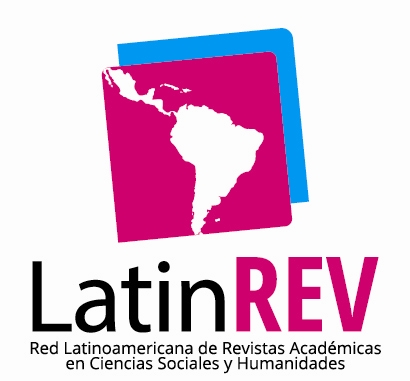La música popular argentina entre el campo y la ciudad: música campera, criolla, nativa, folklórica, canción federal y tango
DOI:
https://doi.org/10.14393/ArtC-V19n34-2017-1-01Resumo
En la primera parte del siglo XX el tango funcionó como un importante artefacto cultural en defensa de la integración a la nación de los nuevos inmigrantes europeos. Hasta que logró su hegemonía a finales de la década de 1930, el tango compartió popularidad con la llamada “canción criolla”, la cual compitió comercialmente con gran éxito hasta mediados de los años treinta. Este tipo de música era la música tradicional del gaucho, que, si bien estaba desapareciendo físicamente del campo, fue simbólicamente reinstalado como núcleo de la nacionalidad argentina por el movimiento “criollista”, promovido por la élite argentina. En esos años el tango mezclaba constantemente, y de manera muy compleja, lo que, hoy en día (pero no necesariamente en los veinte y los treinta), definiríamos como música citadina y música campera, que era la canción popular en la ciudad de Buenos Aires y en la provincia del mismo nombre, que para la época estaban, culturalmente y desde el punto de vista identitario, mucho más relacionadas que lo que están hoy día. El artículo propone una imagen bastante distante de cierta interpretacion popular que plantea una especie de evolución lineal que va de lo criollo al tango entre el diez y el veinte.
Palavras-chave: tango; música criolla; identidad porteña.
Downloads
Downloads
Publicado
Edição
Seção
Licença
Autores que publicam nesta revista concordam com os seguintes termos da licença Creative Commons, adotada a partir da ArtCultura, v. 21, n. 39 (jul.-dez. 2019).
CC BY-NC-ND 4.0: o artigo pode ser copiado e redistribuído em qualquer suporte ou formato. Os créditos devem ser dados ao autor original e mudanças no texto devem ser indicadas. O artigo não pode ser usado para fins comerciais. Caso o artigo seja remixado, transformado ou algo novo for criado a partir dele, ele não pode ser distribuído.
Autores têm autorização para assumir contratos adicionais separadamente, para distribuição não exclusiva da versão do trabalho publicada nesta revista (ex.: publicar em repositório institucional ou como capítulo de livro), com reconhecimento de autoria e publicação inicial nesta revista.












